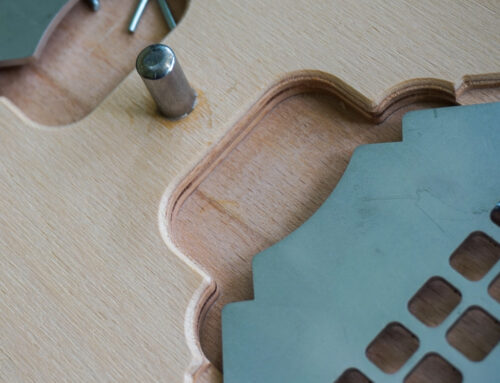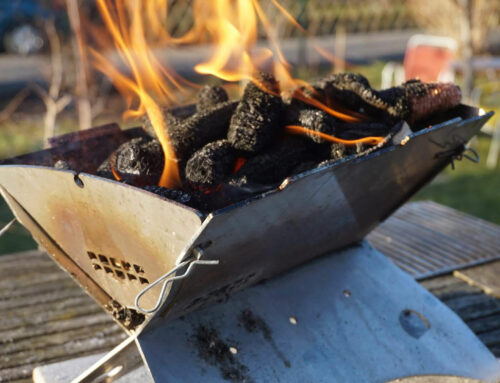Again and again the most mysterious designations appear, especially for stainless steel.
Many may know the names V2A and V4A. V here stands for “trial” and A for austenite. By precisely dosed heat treatment an optimum of corrosion resistance with simultaneous good mechanical properties was achieved for the first time in 1912. V2A and V4A became synonymous with stainless steel.
In order to be able to precisely define the subtle differences between the steel grades available today, they are marked according to DIN EN ISO 3506-1.
TWO-HALF consists of WNo. 1.4301 also known as (X5CrNi18-10), AISI 304, (V2A).
From the term X5CrNi18-10 one can read the proportion of chromium (18%) and nickel (10%). Hence the term 18/10 or 18/8 stainless steel, which is more frequently used for cutlery and stainless steel cooking pots.
According to AISI 201 or EN 1.4372 there is also a stainless steel with a proportion of 16% – 18% chromium and a proportion of 3.5% – 5.5% nickel; for hardening with a proportion of 5.5% – 7.5% manganese which is considerably cheaper than nickel. This material can also be machined better without cutting, i.e. rolled and bent. The steel of the so-called 200 group (according to AISI labelling) is very popular in Asia (cheaper) – but has the disadvantage that it is not or only partially acid-resistant and therefore not suitable for longer contact with acidic foods and beverages or salty foods. Products of the 200 series are only conditionally suitable for the dishwasher. These are best rinsed by hand only with mild detergents and then also dried off!
Our steel 1.4301 is resistant to water, steam, humidity, edible acids and weak organic and inorganic acids and – in addition to its excellent suitability for small, pluggable table grills – has a wide range of applications, for example in the food industry, mechanical engineering, beverage production, in the pharmaceutical and cosmetics industries, in chemical apparatus engineering, in architecture, in vehicle construction, for household objects and appliances, for surgical instruments, in cabinet and kitchen construction, in sanitary installations, for jewellery and works of art. Corrosion resistance can be significantly increased by electropolishing. This is particularly required in pharmaceutical, food, medical and facade technology.







Ad your two cents!